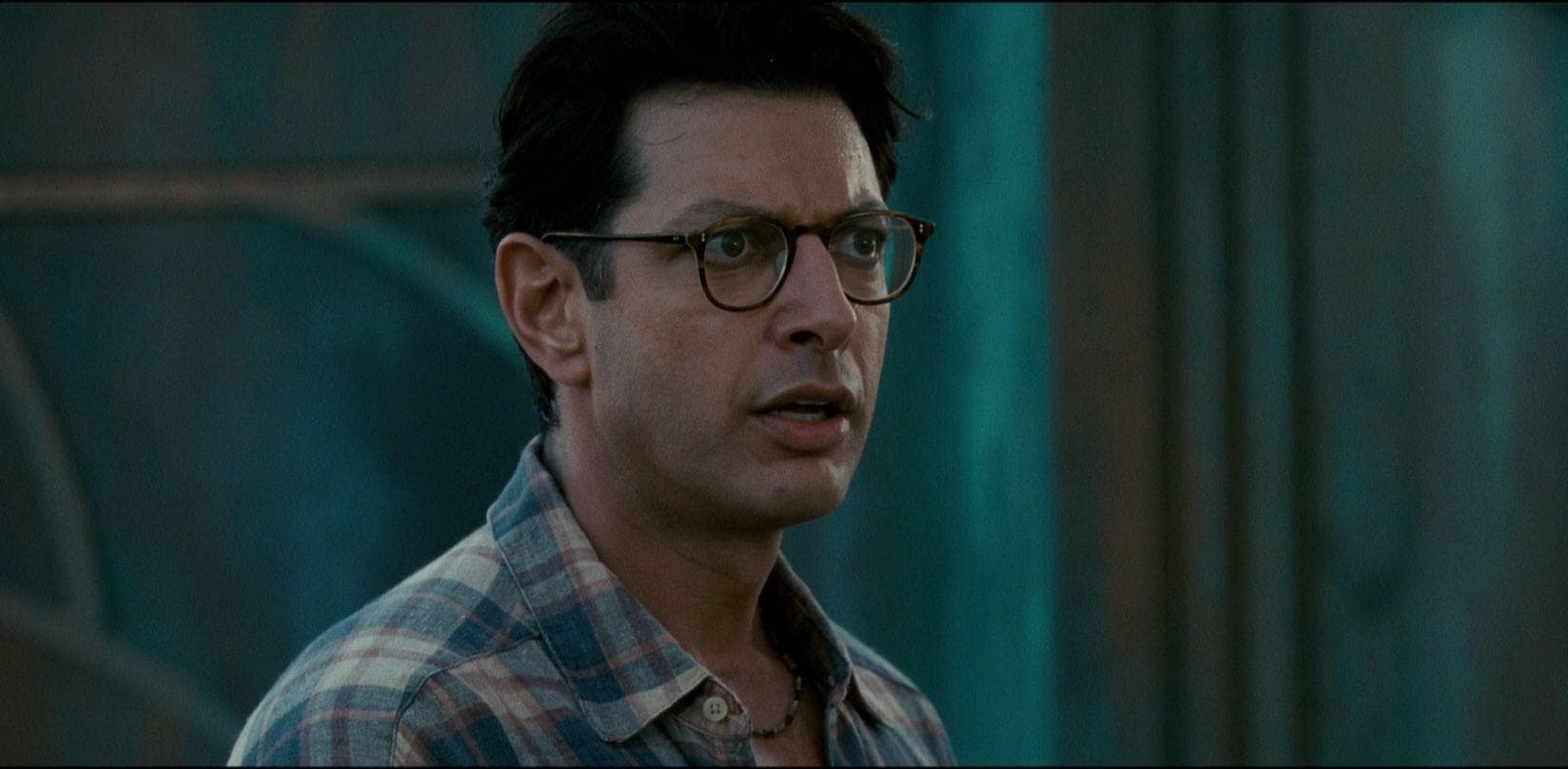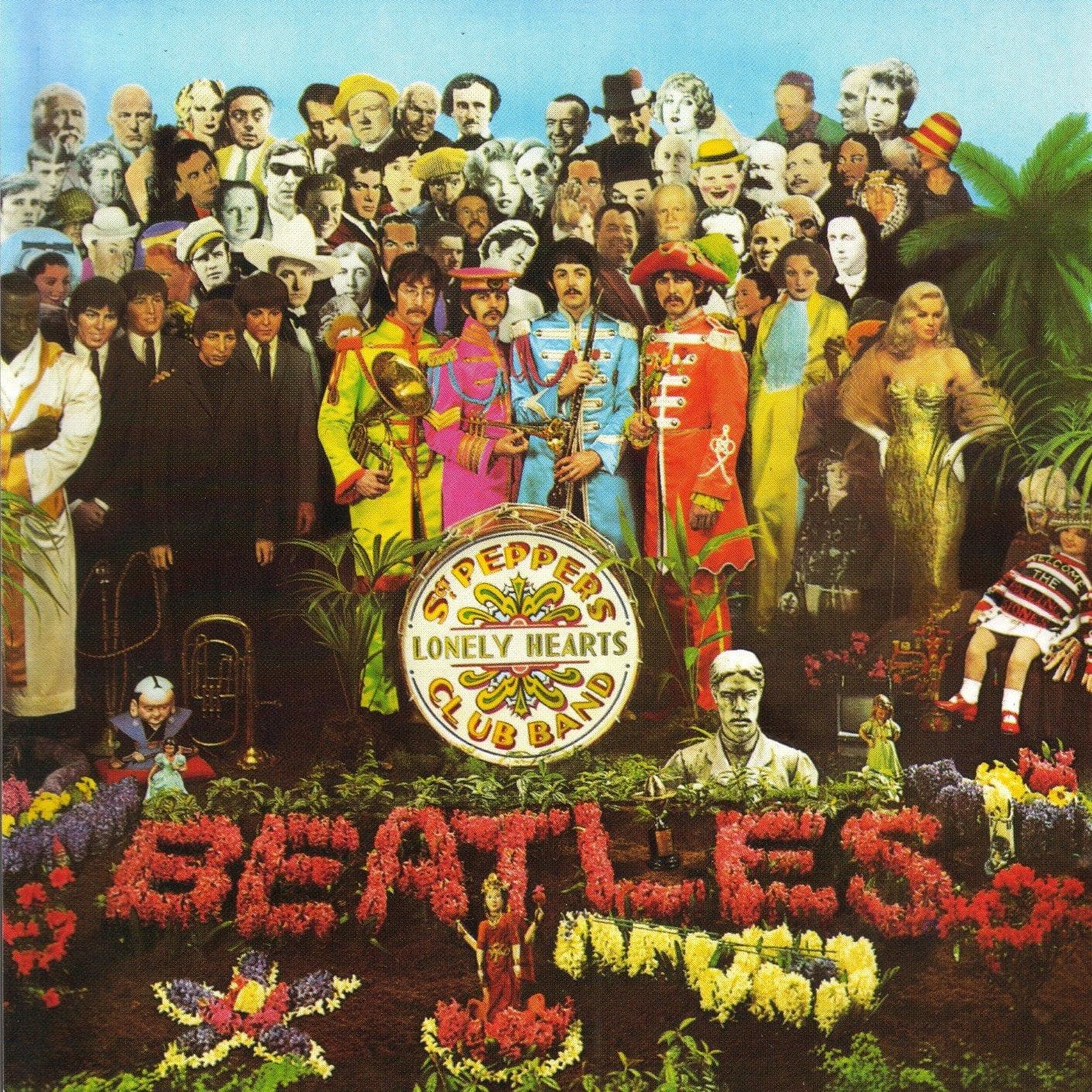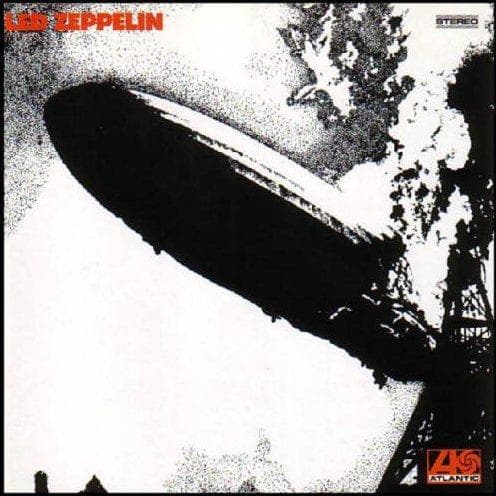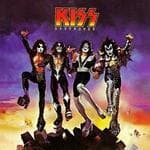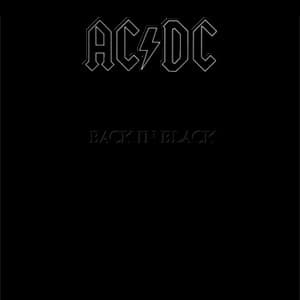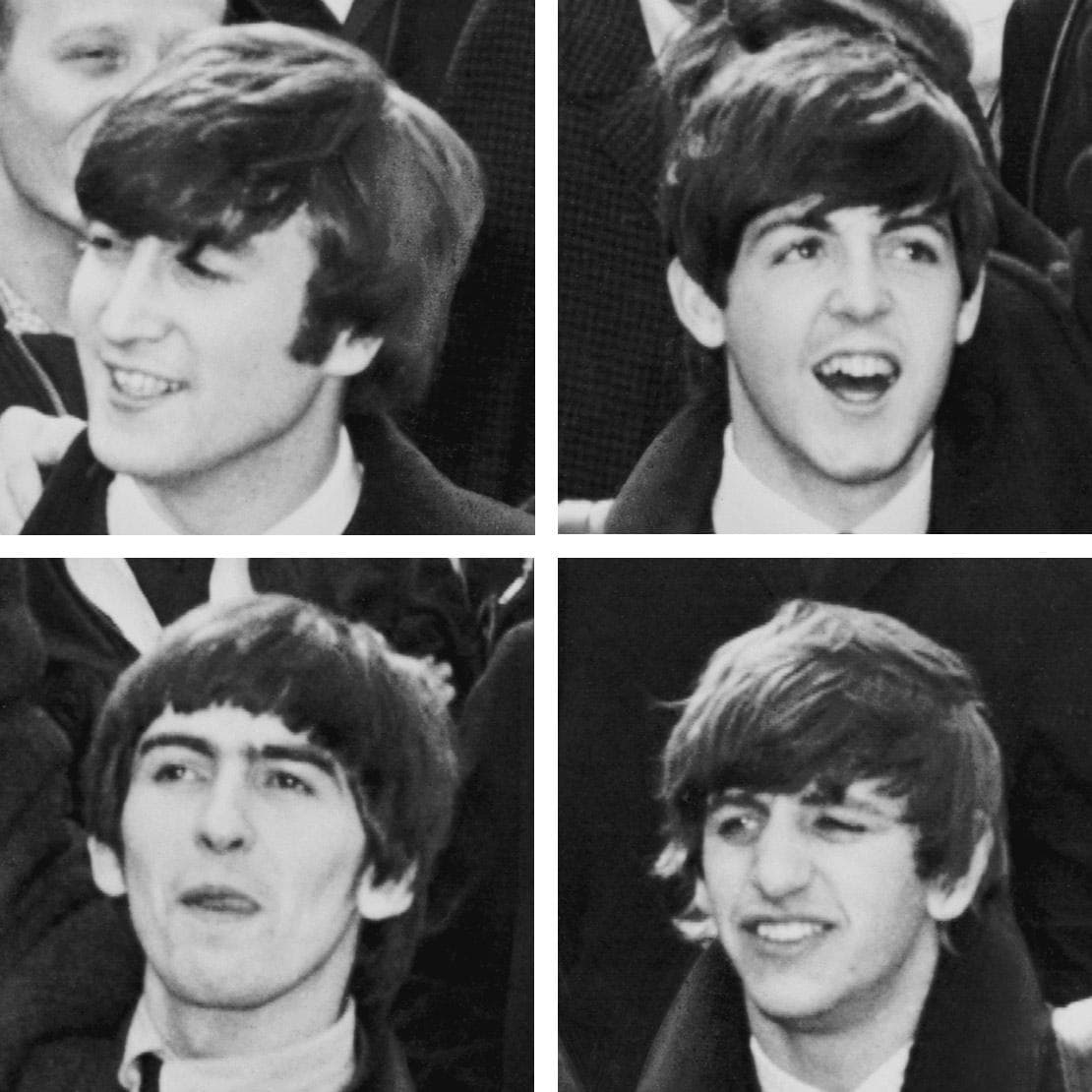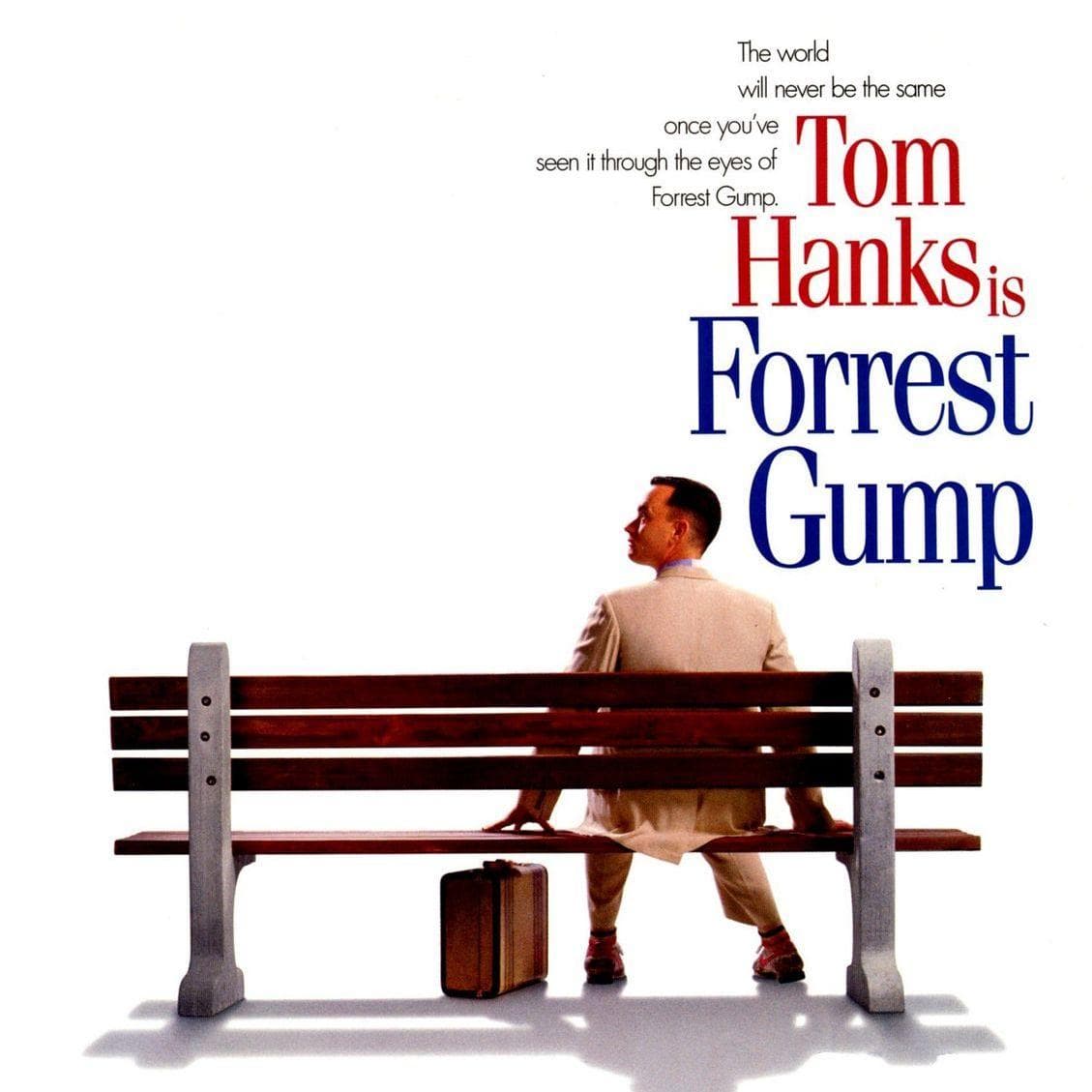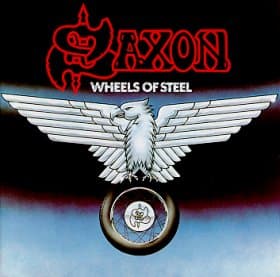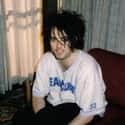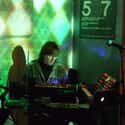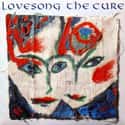-

(#1) The Album Was Partially Inspired By Two Cure Fans Who Took Their Own Lives
While there were many personal reasons why the band wanted to create a less pop-oriented album than Kiss Me, Kiss Me, Kiss Me or The Head on the Door, it was inspired in part by real-life events.
Before recording began for Disintegration, two young men took their own lives while listening to The Cure, which garnered widespread press coverage about ‘Gothic Cult Suicide.’ Robert Smith “had [the article] stuck on the wall,” as it was true that his band was goth and had a cult-like following. Still, he knew the music wasn't truly at fault.
That, coupled with an incident at a San Francisco concert in 1986 where a fan stabbed himself in the chest onstage, left the band in an understandably dark frame of mind.
-
(#2) Smith's Own Depression And Substance Abuse Fueled The Songwriting
The band as a whole spent much of the 1980s indulging in drinking and heavy drug use. It was a coping mechanism for the unexpected skyrocket to fame, mixed with a tremendous workload in the case of Smith, who was also playing for Siouxsie and the Banshees.
By 1989, everyone was tired of the rollercoaster and ready to focus on the task at hand. Smith took it one step further and used the album as a way to think about his experiences with substance abuse in retrospect. "Lullaby" was an especially notable example, a romantic and unnervingly sensual song about hallucinations, paralyzing fear, and being eaten by a spider.
While looking back on the horrors and intrigue of his past hallucinogen use, Smith also reflects upon mental health, both his own and as a general concept. Loss of control and mental fragility have always been common themes in his music, but they're taken to an extreme on Disintegration.
Smith’s personal friend and video director Tim Pope voiced strong admiration for his colleague:
There's like this private joke between me an' [Smith]. It's like I'm always torturin' 'im an' 'e 'ates me! But The Cure is the ultimate band for a filmmaker to work with because old [Smith] really understands the camera. His songs are so cinematic. I mean on one level there's this stupidity and humour, right, but beneath that there are all [Smith’s] psychological obsessions and claustrophobia.
-
(#3) Anxiety Over Smith's Looming 30th Birthday Contributed To The Album's Moroseness
Eternally motivated by ennui and mild dissatisfaction, it’s only natural that Smith did not take well to turning 30. After the dizzying highs and crushing lows of spending his 20s in the spotlight, the spectrum of human emotions became frustratingly less accessible to him.
Smith elaborates in an interview published soon after Disintegration was released:
I just can’t feel anything as keenly as I used to - pleasure or pain [...] Your emotional, physical and mental tolerance levels keep going up so it’s almost impossible to be surprised or delighted or shocked in a childlike way anymore [... ] When you do recapture that feeling, it makes it even more painful, because you realize that it’s still there and unattainable. When I was singing a song off the new album, The Same Deep Water As You, in the studio I was completely overcome for about 15 minutes. I was amazed I could still feel like this about something, which made it more disappointing when I woke up the next day and I didn’t feel anything at all.
-
(#4) Keyboardist Roger O'Donnell Said The Recording Process Was Fun And 'Jokey'
As depressing as it is to listen to Disintegration, the process of making it wasn't such a downer. Cure keyboardist Roger O'Donnell savors the memory of the recording process:
I remember very clearly laughing and joking and fooling around in the control room while Robert was singing "Disintegration" and then all of us trying to be serious when he came in to listen back. I don’t know how he put up with it really. It was never a serious atmosphere in the studio and when you think about the album and how dark it is, I’m sure people think we were sitting around slitting our wrists with candles and chains hanging from the walls.
-

(#5) Smith Said He Intentionally Wanted 'Disintegration' To Be Depressing
The tone and title for the album were clear to Smith before they even began rehearsing it. The majority of the albums released in the 1980s were upbeat (at least by the standards of goth music) and Smith wanted to hone in on the more disturbed and depressing aspects of life. He chose Disintegration as the title, and formed the entire concept around that name because he wanted to "convey an actual feeling of disintegration."
The addition of "Lovesong" softened the blow somewhat, but still arguably contributed to the wider concept of “disintegrating” in love and in obsession.
-
(#6) Smith Wanted To Get Away From The Band's Pop Success
While there were fears that the depressing album could be a career ender for the hot up-and-coming band, bandmembers were confident in their vision for Disintegration. The shift in tone was directed at American audiences, who were largely responsible for the band's reputation as pop-friendly goth music.
Smith felt that songs like "Why Can't I Be You?" and "Hot Hot Hot" were too easy to make and too accessible, and he sought to challenge the institutions that had put them on such a limiting pop pedestal. This was also a calculated move to avoid being interviewed by Star Hits and other publications that the band found to be vapid.
-

(#7) The Recording Was Plagued By Drummer Lol Tolhurst's Substance Abuse
While the rest of the band was having fun and Smith’s moroseness was mostly for the sake of art, The Cure had one genuinely troubling issue brewing internally. The drummer, Lol Tolhurst, had always partied heavily. In the band’s earlier days, he blended in with everyone else’s behavior, but the rest of the band had cleaned up their act by 1989.
While the band was recording Disintegration, Tolhurst was disintegrating on a personal level. According to Smith and O’Donnell, he did not contribute anything to the record, yet insisted that the mixing was of poor quality when they listened to the final cut. This was an especially brutal blow for Smith, who was friends with Tolhurst since they were children.
Exhausted and irritated, the band cut the long-time member loose. He entered rehab soon afterward, but not before getting into a messy legal dispute with Smith, who he unsuccessfully sued for larger royalties on the album. Tolhurst has since reconciled with the band.
-

(#8) Smith Would Hardly Talk To Anyone While Making The Album
To further distance himself from all of the fun everyone else was having, Smith did not interact with his bandmates for the majority of the recording sessions. Taking on a particular persona to match the energy of an upcoming album is the musician’s form of method acting, and Smith is a notorious showman.
In Never Enough: The Story of The Cure, Smith explains his process:
I would be monk-like and not talk to anyone. It was a bit pretentious really, looking back, but I actually wanted an environment that was slightly unpleasant.
-
(#9) Smith Speculated The Album Might Be The Band's Last
Anyone who has attended a Cure show in the 21st century knows that the band will return for no less than five and as many as 16 encores, each song a microcosm of the band’s philosophy: just when you think it’s over, it’s never really over.
Even when The Cure was first starting out, Smith always believed each album could be the last. A combination of personal and interpersonal struggles, differences in artistic vision, and plain old depression are the typical root causes for Smith’s constant turmoil, but his perfectionist nature is what keeps him coming back for more, and Disintegration was a particularly striking example.
When asked if The Cure was a career, Smith responded:
No, a trial! Longevity was never planned for. I always equated initial success with a short lifespan, so we deliberately went about not being successful to begin with. What I wanted to achieve for The Cure, I can never achieve. I wanted it to be perfect, the perfect group, so I’m never satisfied.
-
(#10) The Rest Of The Band Disliked "Lovesong," But Smith Felt It Was Essential To The Album
Everyone but Smith disliked "Lovesong" while they were recording it. It didn't fit in with the other songs, it harked back to the more pop-forward music of the previous two albums, and lacked the edge that defined Disintegration. Fortunately, Smith stood by what would become the record's most popular single.
It was especially beloved for its simplicity and heartfelt message, offering an opposite-but-equal emotional counterpoint to the album's otherwise depressive vibe. The song was dedicated to his long-time lover, Mary Poole, whom he had dated his entire adult life. The pair married soon before Disintegration was released.
-
(#11) The Videos Had A Distinct Narrative Vision
All of the major singles from Disintegration got a music video, and Smith had strong narrative visions for each. In collaboration with longtime visual designer pal Tim Pope, Smith's ideas came to fruition in bizarre and unexpected ways.
One popular technique for this album was “video mixes,” a combination of sound textures and spliced, erratic shots. Smith and Pope share a connection that allowed their collaborations to blossom, to the point where they even had the same idea for the "Lullaby" video without discussing it beforehand. They both independently decided to base the scenes and characters from the video on David Lynch’s horror classic Eraserhead.
Most videos, especially in America, right, it's like stick a light behind 'em, make 'em suck in their cheeks, wobble their t*ts, dance or whatever, chuck in some... smoke or a strobe and that's it! But they're getting a feature film production 'ere.
New Random Displays Display All By Ranking
About This Tool
The Cure released the hit album "Disintegration" in 1989, which was the 8th album. "Disintegration" is also the second part of Robert Smith's "Trilogy of Tragedy", the first is "Pornography" and the third is "Bloodflowers". This album is dark and seductive, with mysterious and melancholic feelings. The whole album is like a slow lullaby, without the previous dark and desperate style, although the keynote of the album is more melancholic than before.
The album marked the band's return to the gloomy gothic rock style of the 1980s. The music of The Cure has become fascinating. Here the random tool explained 11 behind-the-scenes facts about the production of this legendary album.
Our data comes from Ranker, If you want to participate in the ranking of items displayed on this page, please click here.

